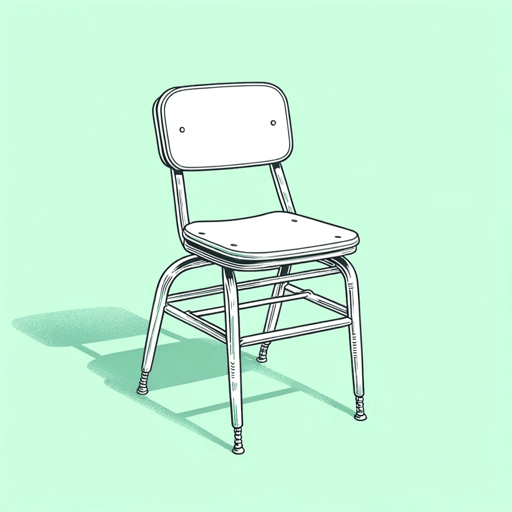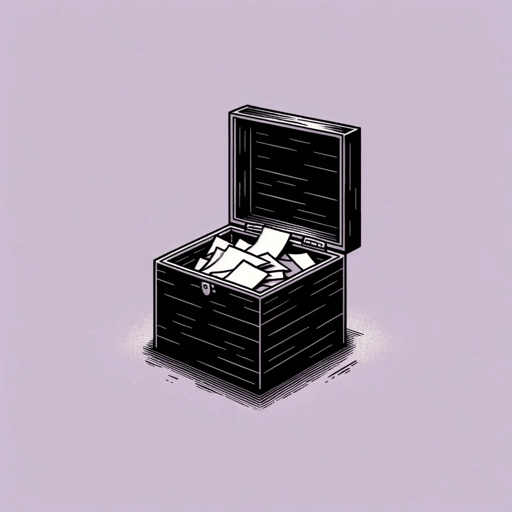27 pages • 54 minutes read
Shirley JacksonCharles
Fiction | Short Story | YA | Published in 1948A modern alternative to SparkNotes and CliffsNotes, SuperSummary offers high-quality Study Guides with detailed chapter summaries and analysis of major themes, characters, and more.
Literary Devices
Imagery
Imagery is a literary device that allows writers to paint pictures in readers’ minds so they can more easily imagine a story’s characters, emotions, and settings. It involves descriptive language that elicits sensory experience and draws readers into the narrative world. In Literary Realism, authors tend to use sparing imagery, describing things briefly and as they are. This story’s limited imagery is among its chief stylistic earmarks of Realism, as “Charles” includes very little imagery. In fact, it includes almost no imagery at all, insofar as the narrator’s descriptions of the physical world are less evocative than utilitarian. Her descriptions mostly name objects that play into the plot’s logic; they show the reader what is happening and how it happens—not how it feels to be there amid the happening. However, a comparatively immersive description appears early: The story opens with the narrator’s description of her son, whom she remembers as “sweet-voiced” and wearing corduroys. These concrete details create meaning because they portray youthful innocence and help the reader experientially connect to that concept.
Related Titles
By Shirley Jackson





